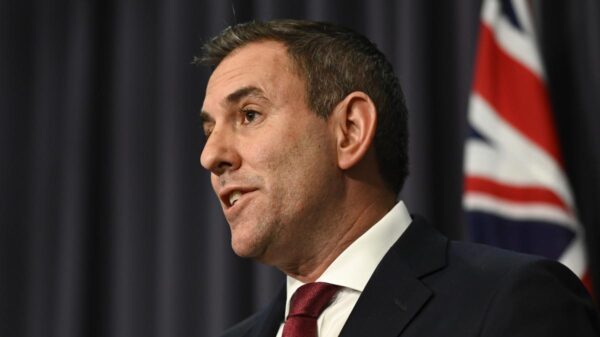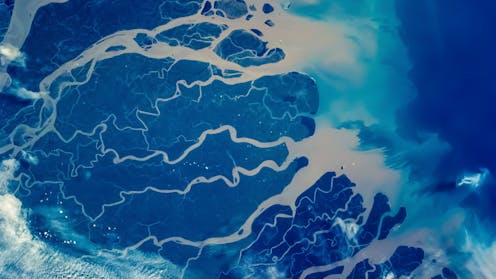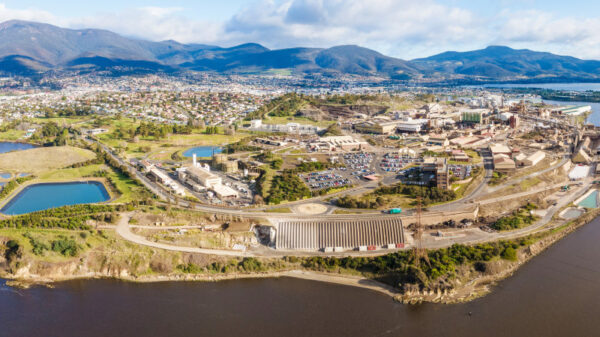The rivers of Bangladesh are under severe stress, with a recent analysis revealing that four out of ten major rivers have fallen below critical thresholds necessary for sustaining both ecological and human needs. This alarming situation places millions of livelihoods at risk, particularly for fishers and farmers in a region already grappling with the impacts of climate change.
According to research conducted by a team from Bangladesh, the Ganges, Old Brahmaputra, Gorai, and Halda rivers are now unable to meet their “safe operating space.” This concept, originally developed by researchers at Stockholm University in 2009, defines the environmental boundaries that must not be transgressed to ensure a stable and healthy ecosystem. A 2023 update indicated that six out of nine planetary boundaries have already been breached globally, making the situation in the densely populated Bangladesh delta—home to approximately 170 million people—particularly precarious.
The study highlights significant declines in river flows across the Bangladesh delta, with conditions worsening during warmer months. The implications extend beyond mere water scarcity. The depletion of these rivers endangers food security, disrupts fisheries, and threatens the world’s largest intertidal mangrove forest, which serves as a crucial habitat for diverse wildlife.
The analysis indicates that the Ganges River, despite a water-sharing treaty signed between India and Bangladesh in 1996, is failing to support the ecological systems that depend on it. The Hilsha fish, a staple of the local diet and a vital contributor to national fish production, has virtually vanished from the upper reaches of the Ganges due to reduced water flow. This decline is attributed to upstream water extraction practices, particularly linked to the Farakka barrage in India, which has also resulted in increased salinity in the Gorai River.
The rising salinity is impacting agriculture and freshwater fisheries. Coastal regions are bearing the brunt, compounding the challenges posed by sea level rise. The degradation of river health threatens to escalate into a broader ecological crisis, with potential repercussions for climate stability across Bangladesh, India, and Nepal.
Challenges to Cooperation and Solutions
Addressing these issues requires collaborative efforts across national boundaries. The unique geography of the Bangladesh delta, which encompasses rivers that flow through multiple countries including China, India, Nepal, and Pakistan, complicates negotiations for sustainable water management. Political differences among these nations may hinder progress towards effective treaties that can manage shared water resources.
Despite these challenges, there are examples of successful collaborative frameworks, such as the Mekong River Commission, which facilitates cooperation among Cambodia, Laos, Thailand, and Vietnam. Such models could inspire similar agreements for the Ganges and other rivers in the region. Tax-based water sharing schemes could also provide a viable solution, where countries utilizing more water contribute financially, redistributing revenues to ensure fair resource allocation.
Moreover, enhancing resilience to climate impacts through measures like reforestation, sustainable land use, and wetland restoration is essential. These strategies can help mitigate flooding and drought while improving overall water security in the region.
To secure a sustainable future for both the rivers and the communities that depend on them, international support and cooperation are vital. Ensuring that river flows remain within their safe operating spaces is not just an environmental priority; it is integral to safeguarding the livelihoods and health of millions in the Bangladesh delta.


























































